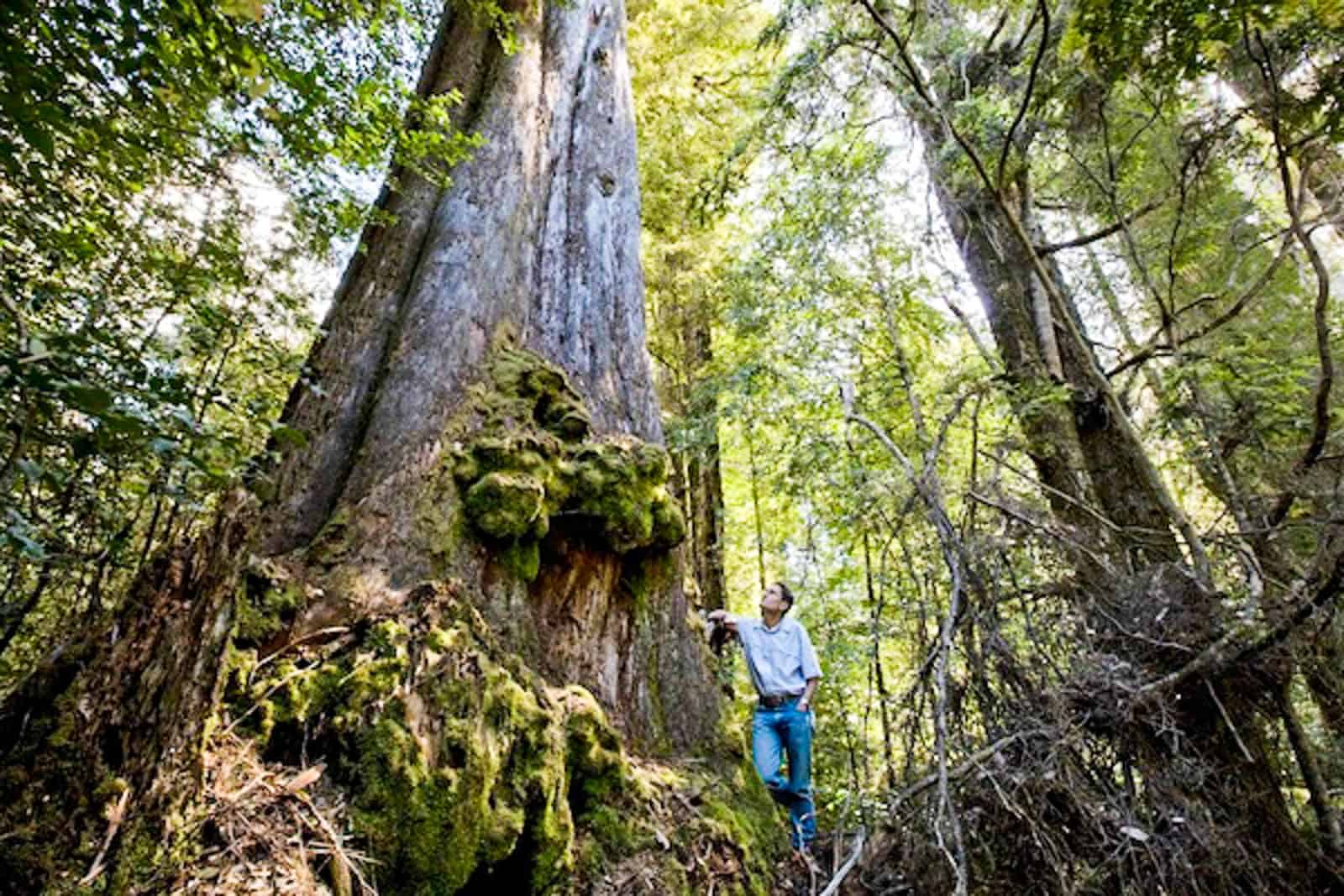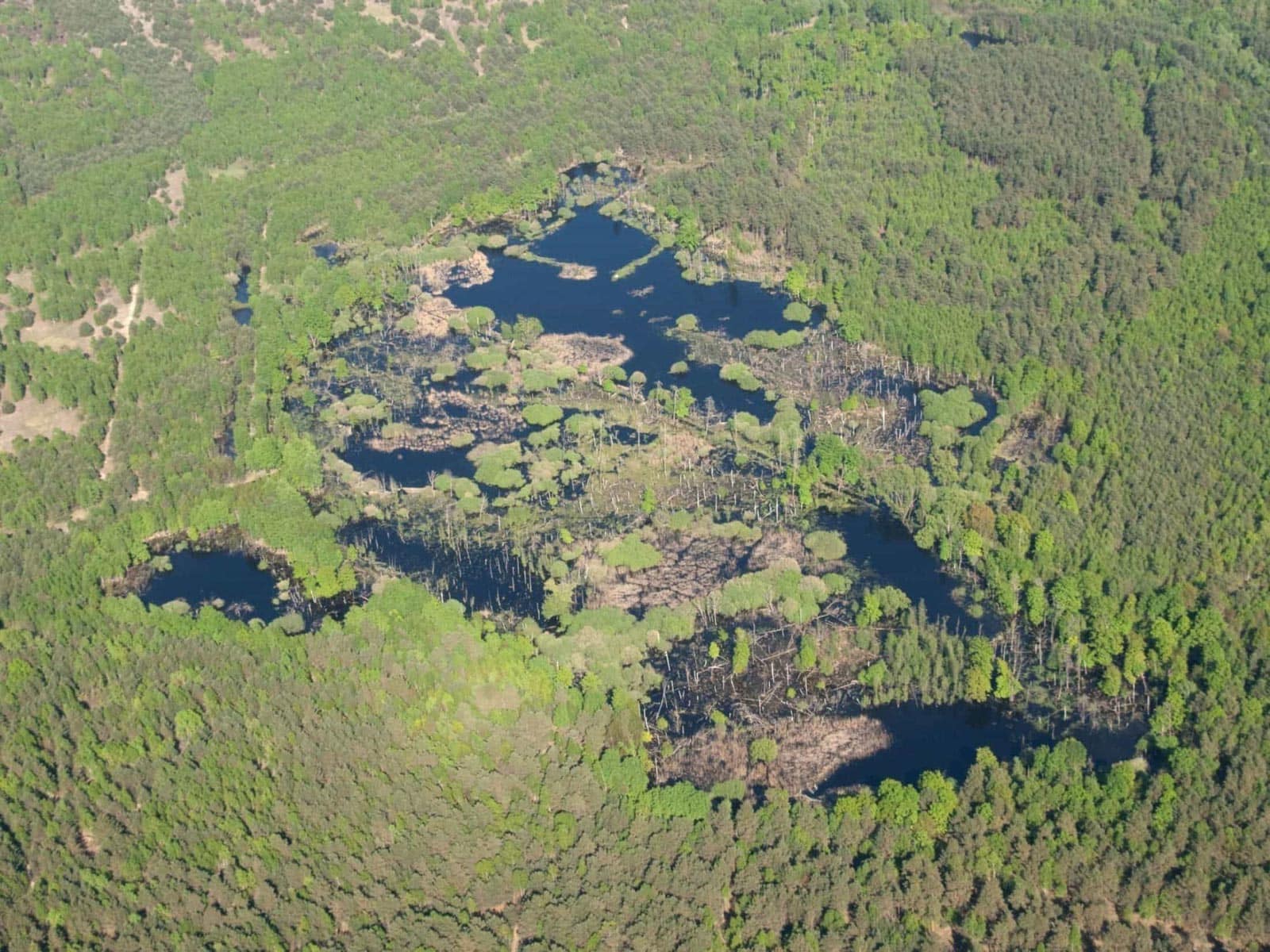Are forest fires good or bad?
Man fire perception
We often associate fire with having negative impacts on the environment and on our lives. We usually think of the damage and devastation caused particularly by wildfire (starting spontaneously, e.g.lightning) to our property, nature around us, wildlife and vegetation. For many of us, the opinion that wildfires can also be beneficial especially to biodiversity is unthinkable.
The contradiction of fire
There is unlikely a more controversial issue than a fire. The majority of people consider it one of the biggest threats. It burns houses, infrastructure, forests, meadows, agricultural land and it’s also a big threat for humans. There are numerous cases where fire killed people.
However, just as in life, where nothing is neither black or white, the same thing happens in the case of fire. It has both negative and positive sides.

Positive aspect of fire
Simultaneously it is important to know that fire is also responsible for maintaining the health and perpetuity of certain wildfire-dependent ecosystems. And there are a lot of such ecosystems. Periodic, spontaneous burning is for example an important element of the natural dynamic of forest, chaparral, grassland or tundra environment.
Wildfires periodically burns and reduces the amount of dried debris in various ecosystems. Paradoxically, there is a lot of evidence, that wildfire suppression has resulted in a dramatic increase of wildfire hazard. Burning, impacts the forest by interrupting and altering succession dynamic. Periodic burning limits the number of seedlings that survive and therefore the number of trees that grow per hectare.
Wildfires influence nutrient cycling and flow. They convert organic matter into ash and increase the levels of available minerals such as phosphorous, potassium, calcium and magnesium. These conditions favour germination.
Wildfires have an impact on habitats, stimulating fruiting and flowering of species and increasing the availability of seeds and berries. The quantity and quality of diverse plant, insects and other species increase after wildfires and the population of insects that depend on dead wood get bigger. This is an important stimulation of the food chain and a dramatical biodiversity increase.

Conclusion
Fire is not good or bad. Fire is first of all very hot. And what is also heated, is the discussion about the role of wildfires in our life and in nature.
Research proved that in the past, wildfire played a much bigger and more important role in maintaining ecosystem dynamics than today. The main reason, particularly in Europe, is the intensity of the development of extensive infrastructure and more importantly, the number of people living on this subcontinent.
There are areas on our globe where wildfires are still playing an important ecological role and still support natural ecosystem dynamics. These places are becoming more and more rare. However, we still have the opportunity to learn about ecosystem dynamic under the pressure of wildfire in these spontaneously operating natural ecosystems.
When I was a young man, I studied forestry. That was an experience which forever changed my perspective on forest ecosystems. In school I learnt that wildfires are one of the biggest threats for forests. Only after Forest University when I got the opportunity to travel around, I learned about various aspects of forest management. A shocking experience, was to visit and study extensive unmanaged forests where wildfires still played an important role. That was a time when I learned about the irreplaceable role of fire in the forest ecosystems. It was an experience that forever changed my perspective on forest management and on the role of regularly cycling wildfires in spontaneous ecosystems dynamic…
This information was prepared in the framework of BioDiv project. More information about the project can be found here website.









